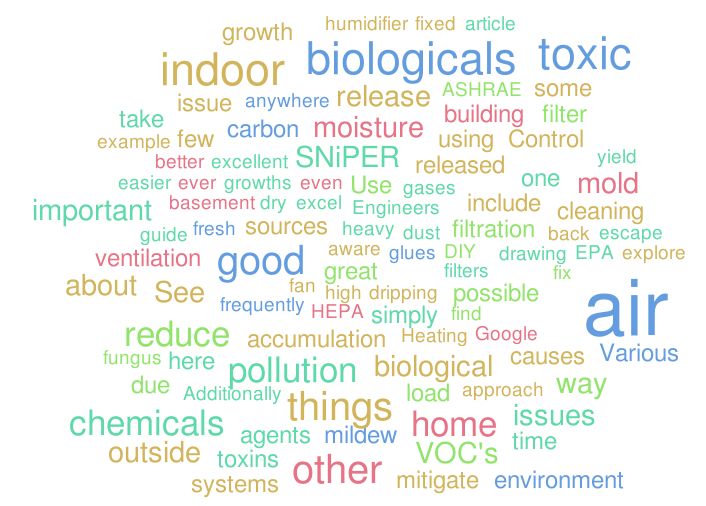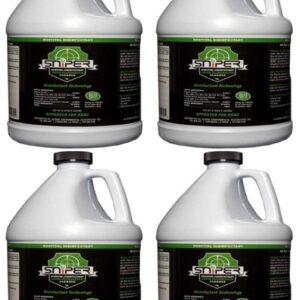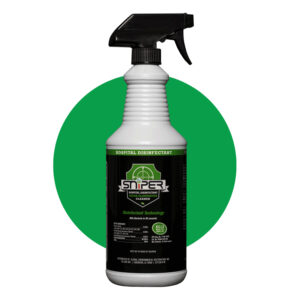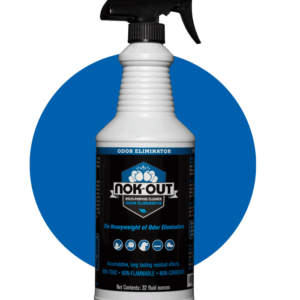In the last issue, we looked at what indoor air pollution is about, and saw that it is mostly due to the accumulation and build-up of toxins in an indoor environment that can result when modern building are so tightly sealed that the toxins released by biological and man-made sources have no way to escape, so it simply accumulates. At some point, this accumulation can reach toxic proportions. Other causes include biological contaminants such as mold and mildew, heavy metals such as lead, and combustion pollutants such as carbon monoxide and even carbon dioxide. In this article, we will explore what you can do to mitigate these issues and how they might be ‘fixed’.
Ventilation is Key
The single most important thing is – ventilation. Simply venting inside air to the outside and thus drawing in fresh air, can reduce the toxicity levels. The American Society of Heating, Refrigerating and Air-Conditioning Engineers (ASHRAE) publishes a ‘ventilation standard that can be compared to your system. See it here. If your home or building’s issues continue due to continuing release of toxic chemicals, The EPA has published an excellent guide to air cleaners and filtration systems. A simple Google search for ‘air purification systems’ will yield good results. Here is a pretty good example: http://www.home-air-purifier-expert.com/iq-air-purifier.html.
Air filters are important to reduce particulates in the air. A great DIY approach is to purchase a 20 inch box fan and tape a high quality air filter to the back of it. Youtube has a video of this here: https://www.youtube.com/watch?v=K9bIWINK8hI and a somewhat more detailed model can be seen here: http://tombuildsstuff.blogspot.com/2013/06/better-box-fan-air-purifier.html. Good air filtration is complemented by good vacuuming using a HEPA filter. This is important for allergy sufferers and can reduce the ‘load’ that causes symptoms. Indoor air quality is a measure of indoor air pollution. Improving the quality of the air you breathe will help keep your family members safe and healthy.
VOC’s
One of the primary sources of indoor air pollution is something called VOC’s (Volatile Organic Compounds). Many newly manufactured things will release gases for some time. A good example is a mattress. Various glues and chemicals are used to manufacture these things and they may ‘outgas’ for anywhere from a few days to a few weeks. It may be a good idea to allow this outgasing to take place outside the home if possible. Unwrap it and leave it outside, out of the weather if possible.
Another way to reduce VOC’s and toxic chemicals released into your home is to take care of what you bring into the home. Bleach and other powerful cleaning agents have toxic chemicals. Check to see if you can find other cleaning agents that do not contain these things. (This is where Nok-Out and SNiPER products excel – they are unlikely to ever release toxic by-products and are hypo-allergenic. Additionally, SNiPER kills mold and other biological growths.)
Where VOC’s are concerned, prevention is the easiest thing – don’t bring them in! Don’t allow anyone to smoke in your home. Paint that old dresser outside outside and allow it to dry for at least 24 hours before bringing it inside. Indoor air pollution is definitely something you can control in your home.
Biologicals
As the name implies, biologicals are, or were, alive at one time. A partial list of biologicals might include various types of mold, mildew and fungus and their spores, pet and people dander, dust mites, insect body parts, pollen.
What can you do about Biologicals?
Prevention is easier and better than clean-up where biologicals are concerned. For molds and other living things, be aware that they depend on moisture for growth. Control the moisture and you control the growth of these things. So, fix that dripping leak, Use a de-humidifier in places that are prone to moisture condensation (like the basement). If you are using a room humidifier in the winter, watch the windows and wipe them dry frequently. Use a squeegee in the shower. And so on.
SNiPER disinfectant is a great way to treat biologicals issues without increasing the toxic load in your indoor environment. See: http://www.nokout.com/Cleaning-Mold-and-Mildew.html.
In the next issue we will learn what NASA has to say about ways to mitigate indoor air pollution.
Online resources
http://www.home-air-purifier-expert.com/sick-building-syndrome.html





